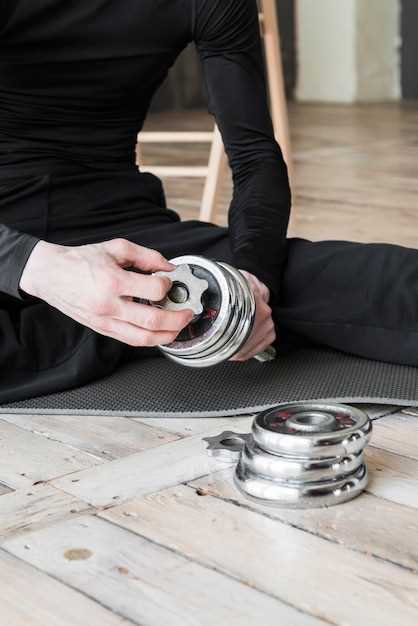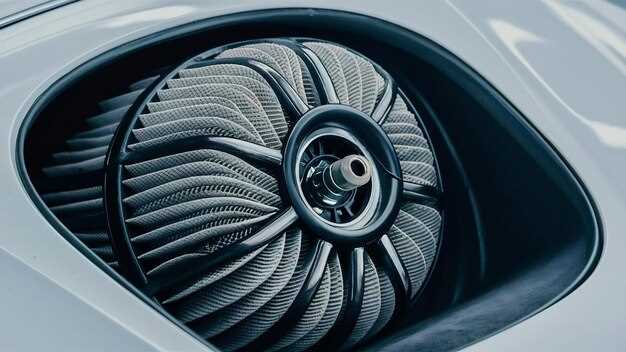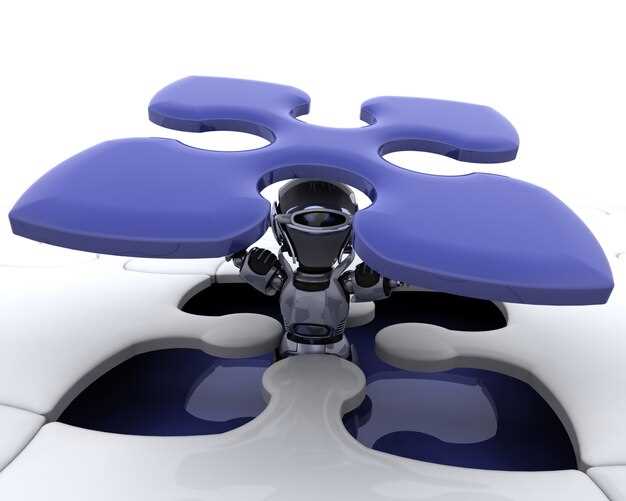
Upgrading the cooling fans in your BMW represents a critical enhancement for both performance and longevity of the engine. Overheating can lead to severe engine problems, and efficient cooling is essential to maintain optimal operating temperatures. This guide provides a detailed, step-by-step approach to upgrade your BMW’s cooling system, specifically focusing on fan replacement and improvement.
BMW vehicles are renowned for their engineering excellence, but even the most well-crafted machines can benefit from aftermarket cooling solutions. By upgrading your cooling fans, you not only enhance the cooling capacity but also promote better airflow, which can lead to improved engine performance. Whether you’re preparing for a track day or simply want to ensure your car runs smoothly under normal conditions, proper cooling is essential.
This guide will walk you through the entire process of selecting, purchasing, and installing upgraded cooling fans for your BMW. With the right tools and techniques, you can significantly enhance the efficiency of your car’s cooling system, ultimately ensuring that your engine remains at peak performance during all driving conditions.
Selecting the Right Cooling Fan for Your BMW Model

Choosing the appropriate cooling fan for your BMW is crucial for optimal vehicle performance. Different models come with varying engine specifications, which influence their cooling needs. Therefore, understanding your specific BMW model and its cooling requirements is the first step in the selection process.
Firstly, identify your BMW model and year. Each generation may have unique parts, including the fans designed to meet the thermal demands of the engine. Consult your owner’s manual or a reliable parts catalog to find the recommended cooling fan specifications.
Next, consider the type of cooling fan. There are primarily two types: mechanical fans and electric fans. Mechanical fans are driven directly by the engine, while electric fans operate using a motor. Electric fans typically provide improved performance by engaging only when needed, enhancing fuel efficiency and reducing engine load.
When evaluating electric fans, focus on the airflow rating, usually measured in cubic feet per minute (CFM). A higher CFM rating translates to better cooling performance. Ensure that the selected fan matches or exceeds the airflow requirements specified for your engine to maintain optimal operating temperatures.
Compatibility is another essential factor. Aftermarket cooling fans may offer different features or dimensions compared to OEM options. Verify that any chosen fan fits without modifications and integrates seamlessly with your vehicle’s existing cooling system.
Lastly, consider the brand and quality of the cooling fan. Investing in a reputable brand with positive reviews can ensure reliability and longevity. A high-quality fan not only enhances performance but also minimizes the chances of overheating, thereby protecting your engine.
In summary, selecting the right cooling fan involves understanding your BMW model, evaluating fan type and airflow needs, ensuring compatibility, and choosing a trusted brand. By addressing these considerations, you can enhance your vehicle’s cooling efficiency and overall performance.
Installation Process: Tools and Techniques for Upgrading
Upgrading the cooling fans in your BMW can significantly enhance the overall performance of your vehicle. To begin the installation process, it’s essential to gather the right tools and be familiar with effective techniques.
Firstly, you’ll need basic tools such as a socket set, screwdrivers, and pliers. Additionally, investing in a torque wrench will ensure that all fasteners are tightened to the manufacturer’s specifications, preventing any potential issues. A multimeter is also useful for testing the electrical connections of the new fans.
Prior to starting the installation, disconnect the battery to avoid any electrical shorts. Once the battery is removed, carefully take off the engine cover if applicable. This will provide you with better access to the cooling fan assembly.
Remove the existing fans by unfastening all screws and clips that hold them in place. Be sure to keep track of all hardware for reinstallation. Carefully disconnect any electrical connectors and ensure that you note their original positions for the new fans.
When installing the new fans, begin by connecting the electrical wiring as per the manufacturer’s guidelines. Secure the fans in their mounting brackets and use the torque wrench to ensure proper installation of screws. This step is crucial, as improperly secured fans can lead to vibrations and decreased performance.
Finally, reconnect the battery and test the functionality of the new cooling fans. Monitor their operation to confirm that they engage at the appropriate temperatures and contribute to maintaining optimal engine performance. This careful attention to the installation process can lead to an improved driving experience in your BMW.
Tuning Your BMW’s Performance After Cooling Fan Upgrade

Upgrading your BMW’s cooling fans is a significant step towards enhancing the overall performance of your vehicle. Improved cooling efficiency allows your engine to maintain optimal temperatures, leading to better reliability and power output. After the installation, certain tuning adjustments can further maximize these benefits.
First, consider recalibrating your engine’s ECU (Engine Control Unit). A fan upgrade can alter the thermal dynamics of your engine, which may affect how the ECU manages fuel injection and ignition timing. By recalibrating, you can ensure your engine runs at peak performance under varying conditions.
Another crucial aspect is monitoring your BMW’s temperature gauge closely. Ensure that the upgraded fans are effectively keeping the engine cool, especially during high-performance driving or in hot weather. If temperatures exceed normal operating ranges, additional tuning or adjustments may be required.
Evaluate your cooling system as a whole. After installing new fans, check for any potential air leaks or weak points that may affect overall cooling efficiency. Address any issues to ensure that your newly upgraded fans operate at their best.
Tuning your BMW’s intake and exhaust systems can also complement the fan upgrade. Enhanced airflow can work in conjunction with the improved cooling to optimize engine performance further. Consider performance air filters and exhaust systems that enhance airflow without compromising engine warmth.
Lastly, regularly maintain your cooling system, including coolant levels and radiator conditions. A well-maintained cooling system supports the new fans and ensures your BMW’s performance remains at its highest level.



